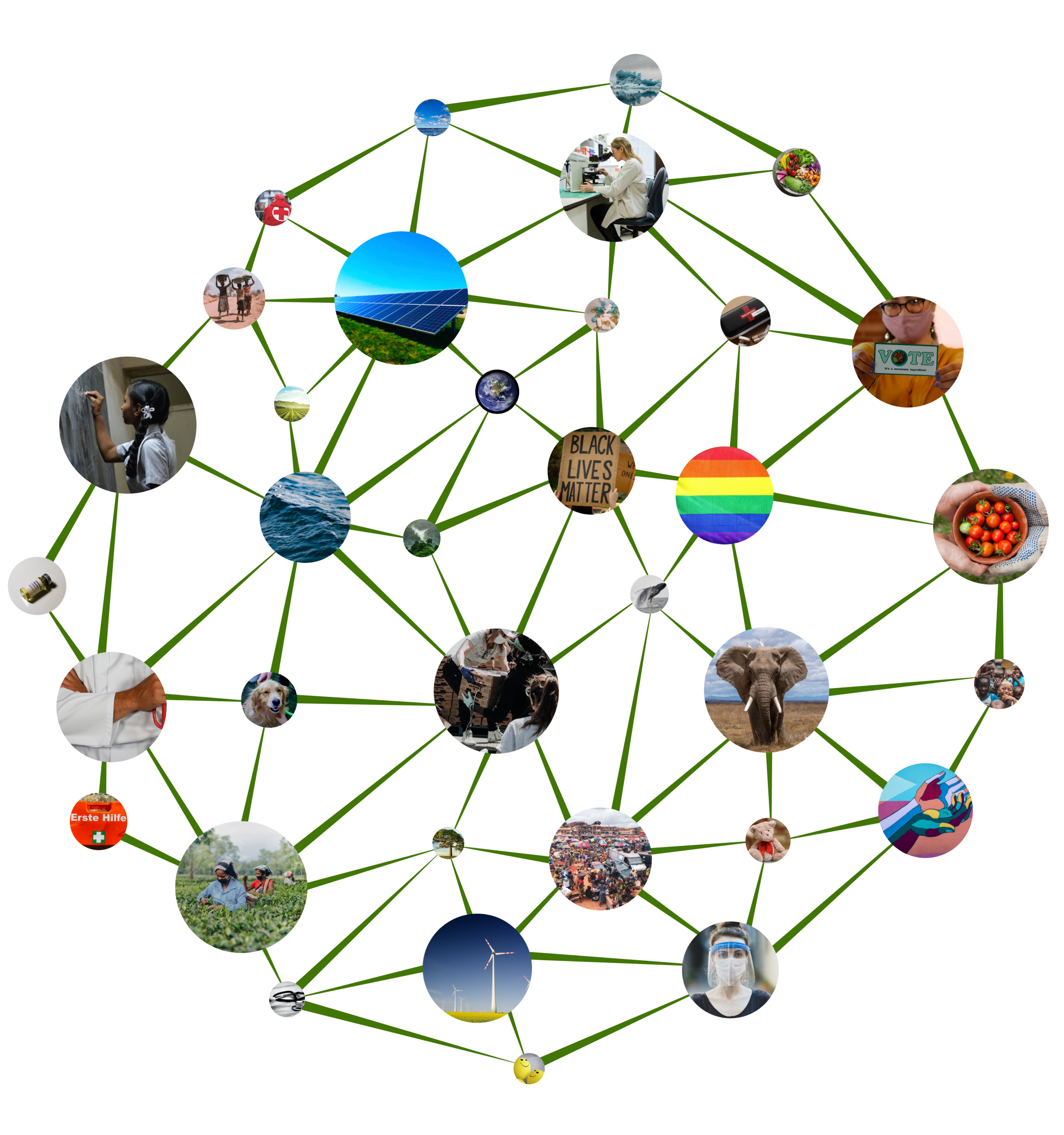In the social impact space, is there one blockchain to rule them all?
For years, one of the most prominent topics of debate, that has caused division and strife in the space, is the debate over bitcoin maximalism vs. minimalism. On the one hand, there are those that view Bitcoin as the true gold standard of cryptocurrencies, and believe that it should really be the only cryptocurrency to enact the vision of a decentralized global financial system outlined in the Bitcoin whitepaper. On the other hand, there are those that believe there is room for multiple cryptocurrencies and blockchains to thrive, and that the future of blockchain and decentralized finance will involve any number of cryptocurrencies, each with their own niche and key advantage.
So, how does the social impact space play into this? When it comes to social impact and crypto/blockchain, is there one chain to rule them all? As I’ve been showcasing social impact projects all over the world making use of blockchain and crypto, one thing has become abundantly clear: there is no one standout chain that is dominating the space.
In the crypto/blockchain for social impact space, there are amazing projects being launched on some of the top ten blockchains, just as there are being launched on smaller chains, and everything in between.
When it comes to the big players, many will first jump to Ethereum and Cardano, as they are often viewed as being at the forefront of the social impact space. With Ethereum, you of course have the NFT space, which has been a trailblazer in providing a new, fairer model for artists and content creators to bring their works to market. At the same time, there is so much good being done in the space, with NFT auctions being a new and innovative way to raise money for charitable causes, which has been showcased by many projects. Beyond NFTs, you have tangible, on-the-ground projects looking to make a real difference in the lives of marginalized communities, such as Etherisc, a project launched on the Ethereum blockchain, with the use of the Chainlink Oracle, which aims to provide affordable crop insurance to smallholder farmers.
Looking at Cardano, the most obvious example that comes to mind is their work in Ethiopia, where they are working to create a blockchain-based student ID and a national student attainment recording system. They also recently launched an exciting partnership with Save the Children Rwanda, who is now accepting ADA donations to support African-based social enterprises.
When you look to the mid-size chains, there are also plenty of amazing projects on the go. VeChain, which is known for its headway in the corporate sector, has established partnerships with multi-national corporations and international charities in the development of solutions such as their Digital Carbon Footprint platform, and their system for verifying ocean plastic clean-up. Beyond VeChain, there are many other projects being launched on mid-size chains, such as LeafGlobal FinTech, which uses the Stellar Distributed Ledger to provide virtual banking services to refugees and vulnerable populations.
On the smaller chains, there is also no shortage of exciting projects doing good in the social impact sector. This could include Kotani Pay, which provides a solution for unbanked populations to send and receive money on the Celo blockchain; or an exciting project by TAAL and EHR Data, which aims to provide a real-time, single source of reliable data for Opioid prescribing.
Obviously, these are just a few of many examples of amazing projects being launched on blockchain ecosystems of all shapes, sizes, and functionalities. The reason for highlighting these examples, however, is to drive the point that when it comes to the social impact sector, there really is no one chain to rule them all, and innovations for social good are taking place in all corners of the blockchain landscape.
It is possible, in time, that a few blockchains will become standout leaders in the social impact space, as they improve their protocols, and offer the most efficient and cost-effective solutions for those looking to make positive change. If you were to bring the leaders from various blockchain communities together, they could each deliver objective arguments for why their protocol is the best for delivering social impact solutions. But, at the same time, there is inspiring work being done by individuals and teams of developers on a diversity of chains, and this is something that should be encouraged and embraced.
When it comes to social impact, I do not believe there is a place for tribalism or maximalism. I believe that we should celebrate projects that are having a positive social impact regardless of which chain they are operating on. When the best and brightest from all corners of the blockchain for social impact space work towards a common goal of a better world, I am confident that great things will happen!
What do you think of the maximalist vs. minimalist debate when it comes to blockchain for social impact? Tweet us at @Crypto_Altruism, we’d love to hear from you!

